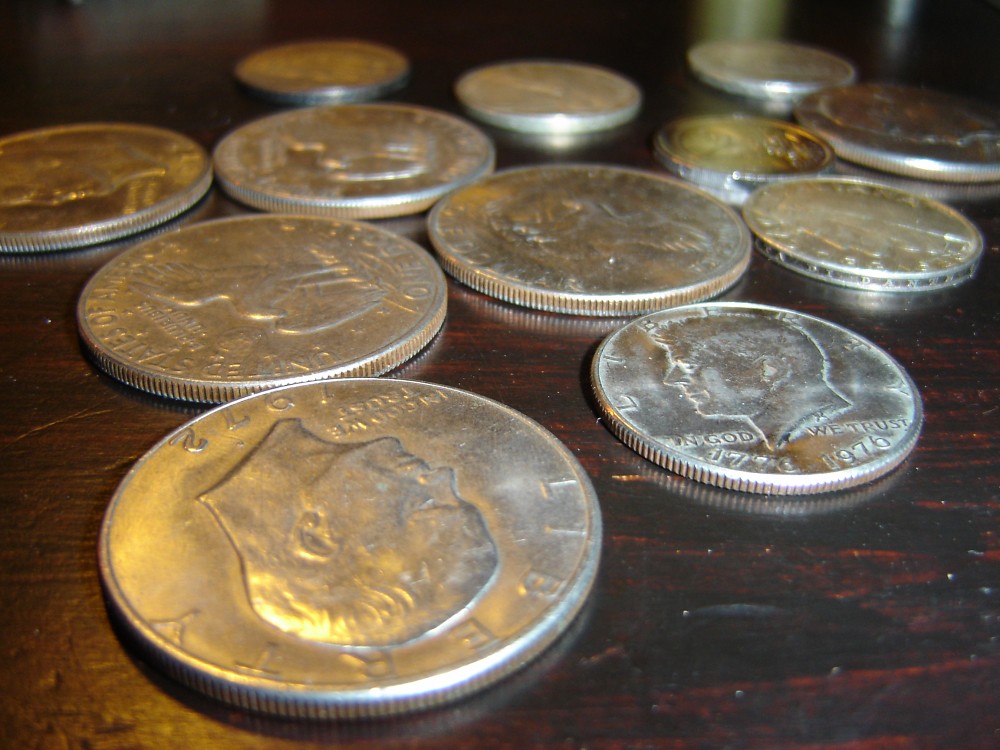Summary
Students will be able to identify each coin, know its value, and add up the total value of coins.
Essential Question(s)
How are coins different and the same? What are the names and values of coins? How do you know how much a set of coins is worth?
Snapshot
Engage Students play a money matching game.
Explore Internet search to identify differences and similarities of US coins.
Explain Students create an anchor chart identifying their internet findings.
Extend Students first practice counting a handful of coins. They then create sets for the same amount of money by using a different combination of coins for each set.
Evaluate Students match the coins and the cards (informal assessment). Alpha Plus testing pre and post (formal assessment).
Materials
Index cards for the “Match my Coin” game
Coins-real or fake
Chart paper or poster board
3x5 cards 4 per group
dry erase board and markers
100 chart
Engage
15 Minute(s)
Instruct students to place the cards face down on their desks. Students take turns turning over the cards and matching the correct money to each card. This activity is great to use as a formative assessment as you monitor and record which coins students do not match correctly with the word or amount.
Mini Practice: Give students the challenge of finding coins that when added together equal 10 cents.
Explore
Have students look at the coins carefully. Ask students what they notice about the coins
Discuss the idea that we could find more information about coins by researching each coin on the internet. Give student pairs 10 minutes to explore coins on the internet. If you are not comfortable letting your students search freely on the internet a suggested site for learning about money is: https://www.usmint.gov/learn/kids/coins
After 10 minutes have a quick open discussion about their findings.
Then have each group choose a specific coin or assign one to each group, to do additional research and find as much as they can about that coin.
Mini Practice: Give students the challenge of finding coins that when added together equal 15 cents. Students discuss the different ways.
Explain
Students create an anchor chart as a class by having students share the information they learned from their research about each coin. Allow time for discussion as the chart is created. Put marks, or stars by items that may need more research for accuracy. Questionable and inaccurate information may be found by students which opens the door for discussions about the reliability and inconsistencies of the internet.
Introduce the money song to your students and practice singing it together. See attached copy of the song. There are many other money songs available so you may want to choose a different song that fits your students’ needs.
Mini Practice: Give students the challenge of finding coins that when added together equal 25 cents.
Students discuss the different ways that were found.
Are the coins the same or different from the coins you used?
Do the coins, when combined, or added, equal twenty-five cents? How do you know?
Allow a few students to share out their answers and elaborate on a few ways to create twenty- five cents, while clarifying any confusion around coin names and values.
Extend
Students now research specific things on the anchor chart for accuracy and discuss why or why not those statements are true or false. If you prefer this research can be done as a class using your big screen and computer.
Mini Practice: Give students the challenge of finding coins that when added together equal 27 cents. Students discuss the different ways that were found.
Counting money practice: Students are now presented with a bag of coins and an index card. Each student calculates the value of their bag of coins and writes their name and the amount on the index card. Students now leave their coins and index card at their desks and proceed to the next student’s desk where they calculate the value of that bag of coins and write the amount on the index cards. Continue this procedure for as many rounds as you feel is appropriate.
After you have finished the rounds have the students check their index card to see if the totals were all the same. Discuss what might have caused any discrepancies. If there is a bag of coins that has many different totals listed, place the coins on your document camera and count the coins together.
Evaluate
To check for identification of coin names and values have students do the “Match my Coin” game they played during the Engage part of the lesson.
To check for understanding of the essential question: How do you know how much a set of coins is worth? Have students write a sentence explaining how they count the coins. You may also have them choose 5 or more coins to total the amount for. ( They must have at least two different coins included). Students Students will then record their counting using a video, verbally to another student or you as an assessment.
Pre and Post Assessment through Alpha Plus Math
Enrichment for Gifted Students
Adjust the amount of money to be calculated
Include bills of a dollar and 5 dollars. You may also want to include a half dollar and dollar coins.
Encourage your gifted students to research where money is made and what materials are used to make coins and bills.
Create a new song to share with the class to help others remember the coins and their values.
Resources
https://en.wikipedia.org/wiki/Coins_of_the_United_States_dollar
https://coinauctionshelp.com/US_Coin_idetification_guide.html#.YJWRQLVKiUk
icon picture:"money" by Glikò is licensed under CC BY-NC-ND 2.0


